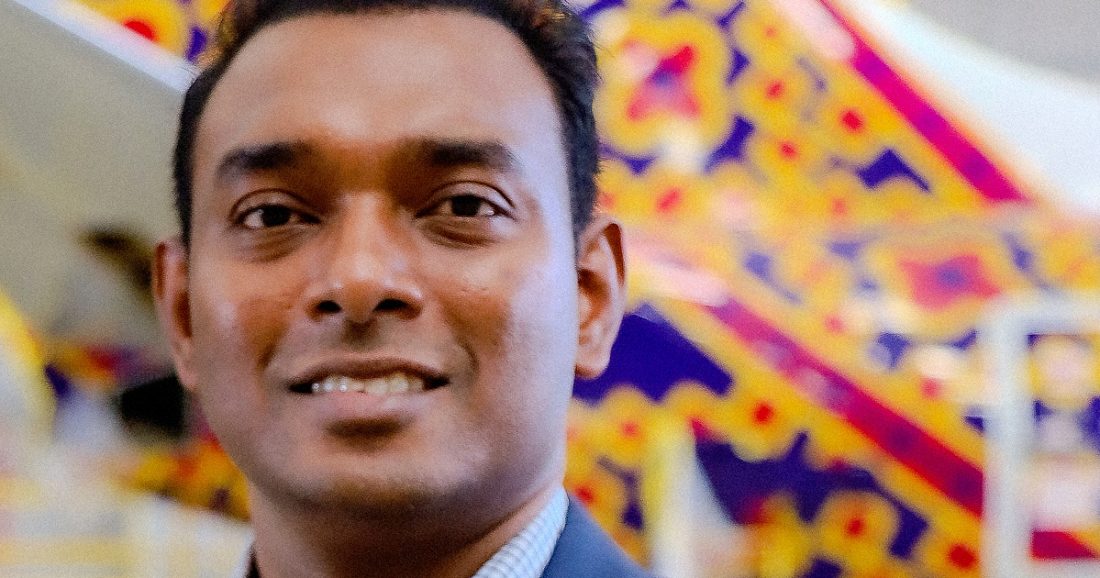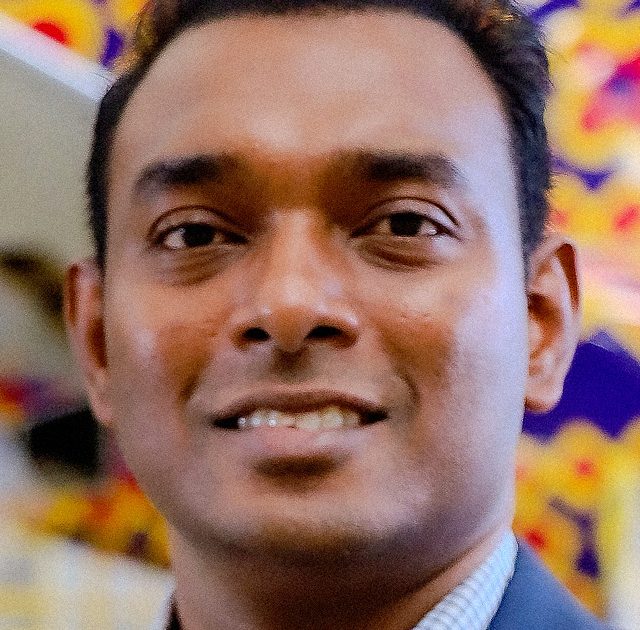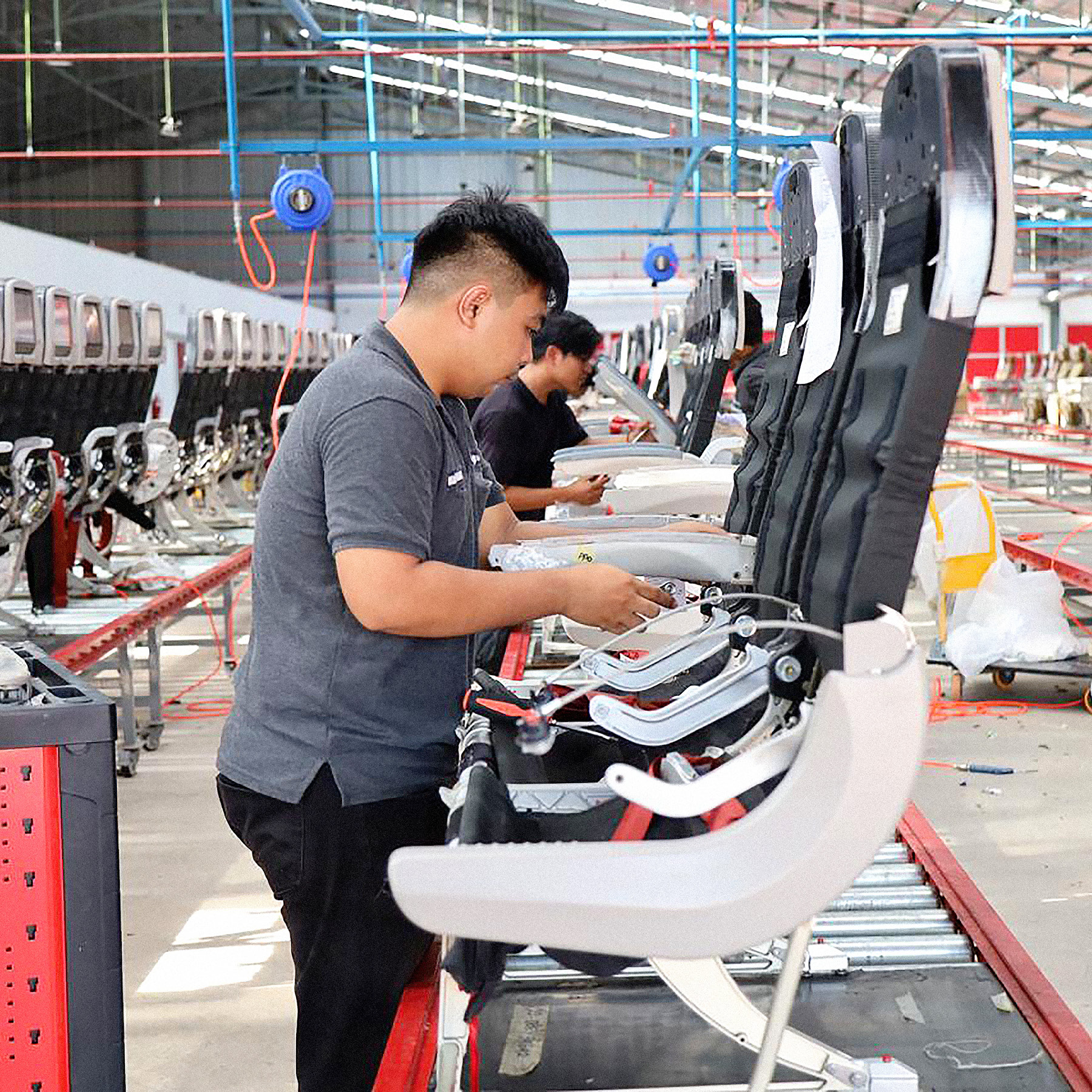Earlier this year, on 17 February to be precise, a landmark event was celebrated by Shashi Kumar Chokalingam.
It was the day he and the team at Lion Group-owned Batam Aero Technic took delivery of an A330-343 aircraft belonging to Cebu Pacific, the Philippines-based low cost airline.
Ordinarily, the arrival of a plane at a maintenance, repair and overhaul facility (MRO) would hardly be noteworthy. After all, it’s what Batam has been doing for more than a decade at its base near Hang Nadim International Airport in Indonesia’s Riau province, 870 kilometers north of Jakarta.
In collaboration with
ST Engineering
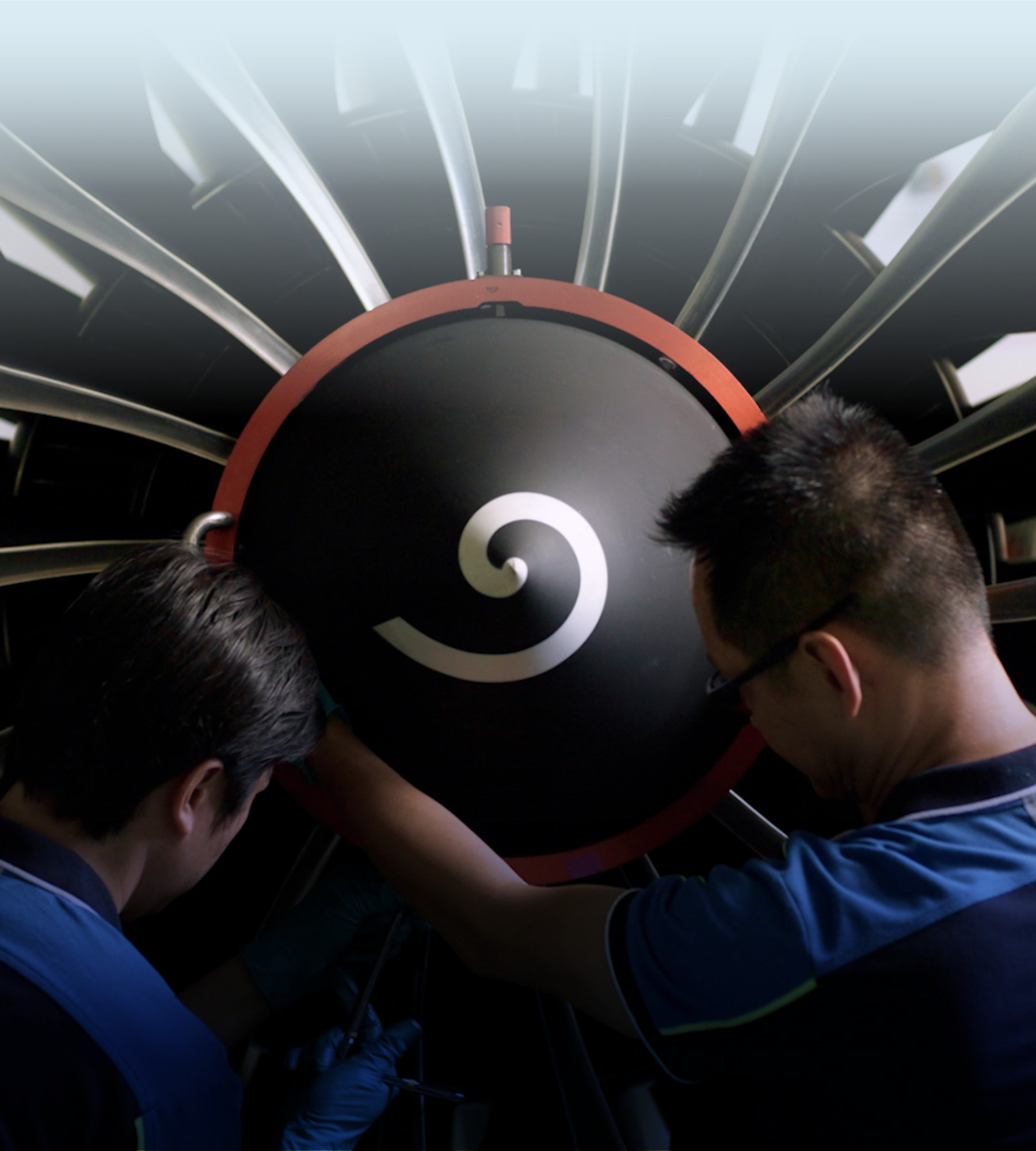
The significance, however, was that the Cebu aircraft became the first to arrive at Batam’s facility which did not belong to the Lion Air fleet.
The A330 underwent a comprehensive inspection, marking a strategic shift of the operation into catering for the maintenance needs of international carriers, particularly those in the Asia–Pacific region.
As its Acting President, Riki Supriadi Suparman, said at the time: “This is a significant milestone toward realizing our vision of being a world-class MRO and a testament to our commitment to excellence in aircraft maintenance.”
Growing interest
It was the pent-up, post-pandemic demand for travel that was the catalyst for such expansion, explains Chokalingam, Batam’s Senior Director of Business Development and Regulation. As borders began to re-open, airlines ramped up capacity and so grew the need to secure slots at MRO hubs.
Playing into Batam’s hands was its strategically advantageous location at the apex of Singapore and Malaysia, two major aviation hubs but with little space of their own to conduct major MRO operations.
According to Chokalingam, who joined the business in 2023 after a 10-year spell with Lion Group airline Malindo Air (now rebranded as Batik Air Malaysia), the future of Batam is an exciting and ambitious one.
“We have attracted significant interest from airlines across the region because of our strategic location so close to Singapore and Malaysia,” he tells The CEO Magazine.
“I like to heavily engage with the team. I keep a very open book and that has served me well throughout my career.”
“What we have witnessed in APAC ever since the COVID-19 pandemic began to ease is a huge surge in commercial flights. Everyone is looking to get more planes, to operate into more areas, to fly further.
“We’ve had growing interest from local players, including the bigger airlines, in terms of securing maintenance slots. If you operate wide body aircraft today, you don’t get maintenance slots very easily and even for narrow body aircraft it’s getting tougher these days. In the Asia–Pacific, there is a significant lack of maintenance facilities.
“The issue in Singapore and Malaysia is they have land limitations. Batam, however, is able to keep expanding, to keep growing, because the availability of land has given us so much more flexibility.”
Vision for the future
As with any project worth pursuing, challenges must be met and overcome. Among them for Batam, Chokalingam acknowledges, is the relative shortage of technical expertise within the Indonesian market, although rapid progress is being made in this regard.
Compounding the issue is the predilection of younger members of the workforce for vocations in the online world, rather than carving out careers in areas such as aircraft maintenance and repair. The aviation industry must play a key role in generating interest, Chokalingam says.
“Manpower and technical expertise are the major issues we face,” he acknowledges. “We plan to invest heavily in training, ensuring we have the technical expertise. I see a huge gap if we cannot attract the younger generations so the aviation community needs to spark that interest.
“Asia certainly has a challenge. Talent is migrating, so how is the region going to cope with that?”
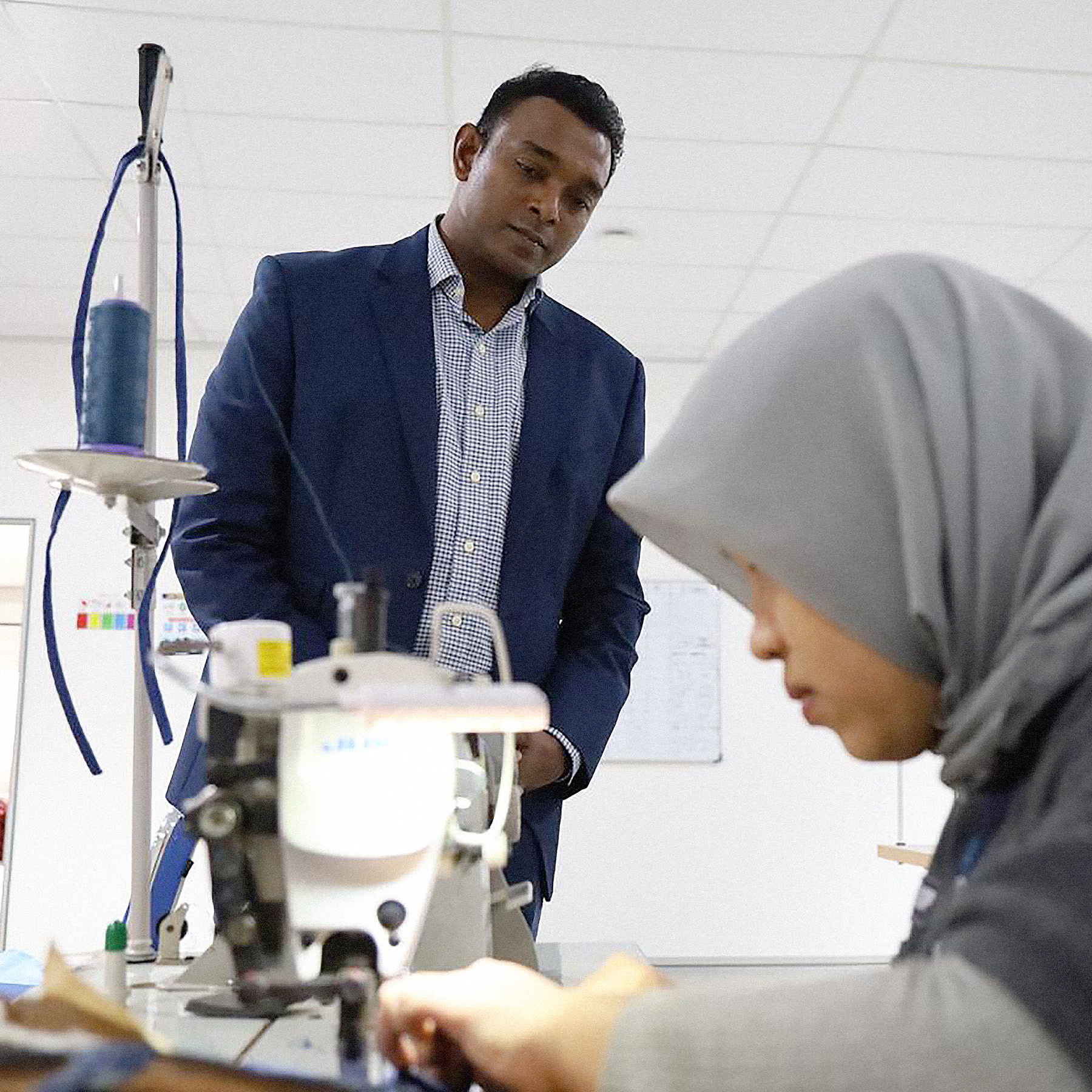
“There is very close engagement because we have direct access to the owners and board of directors. We can execute plans much faster.”
While that is an issue the sector needs to address, aiding Batam’s stated vision to become one of Asia’s pre-eminent MRO hubs is its company structure. Free from the shackles of government ownership that can often swamp a company in red tape bureaucracy, Lion Air operates with a speed and transparency that encourages open dialogue and engagement, Chokalingam says.
“There is very close engagement because we have direct access to the owners and board of directors. We can execute plans much faster,” he says. “It makes for an efficient workflow. Of course, there are hurdles and financial challenges but as an executive it’s easier to make decisions.”
Projects underway at Batam include the adoption of AI in its MRO operations – groundbreaking work that is still in its infancy, Chokalingam says – along with deploying drones to carry out inspections at high altitudes.
Such an environment of innovation and openness is one cultivated by Chokalingam himself in his senior role at Batam. There are no barriers, he stresses, continuing a style of management he has applied throughout his career.
“I like to heavily engage with the team. I keep a very open book and that has served me well throughout my career,” he says. “Collaboration without borders is the best approach, I would say.”
Future ambitions
That extends to its partners among many, which also include the world’s largest plane makers, Airbus and Boeing, who, naturally, take a keen interest in developments at Batam.
The business is also particularly close to Singapore-based MRO ST Engineering Aerospace Engines, which earlier this year struck a five-year deal with the Lion Group to provide a full suite of engine services.
Chokalingam describes its top 10 key supplier relationships as extensive and highly symbiotic.
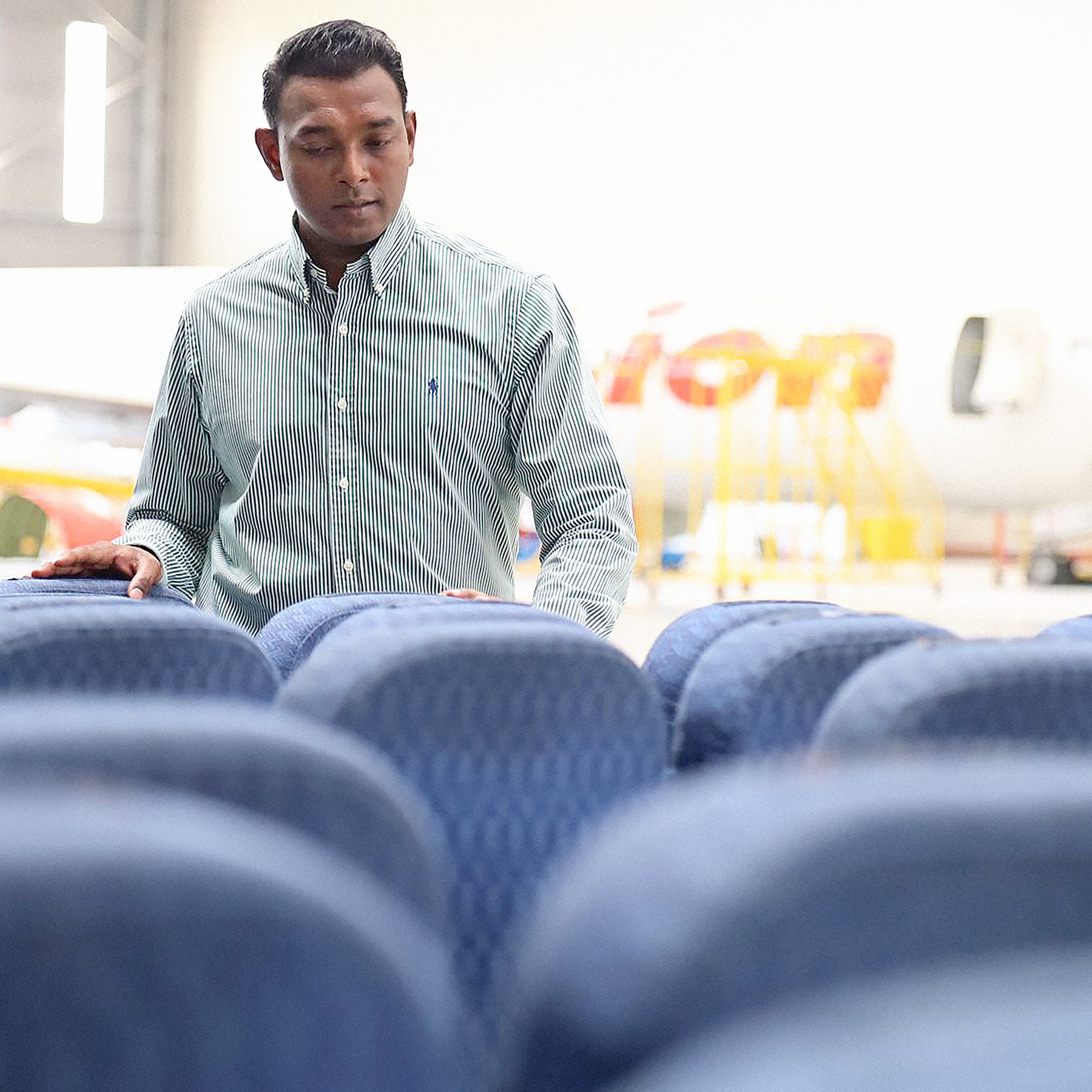
“We want to be a key regional player, providing world-class maintenance, with a focus on Asia but also for airlines around the world.”
“We meet with our key suppliers often and engage with them not just in the sense of buying and selling, but in terms of implementing improvements to our respective operations,” he says. “We offer them tours here at Batam, participate in roadshows and visit their facilities. It’s a very symbiotic relationship.”
All of which bodes well for Batam’s future ambitions.
“In the next five-to-10 years, our ambition and expectation is to become a huge maintenance hub,” Chokalingam concludes. “We want to be a key regional player, providing world-class maintenance, with a focus on Asia but also for airlines around the world.”

